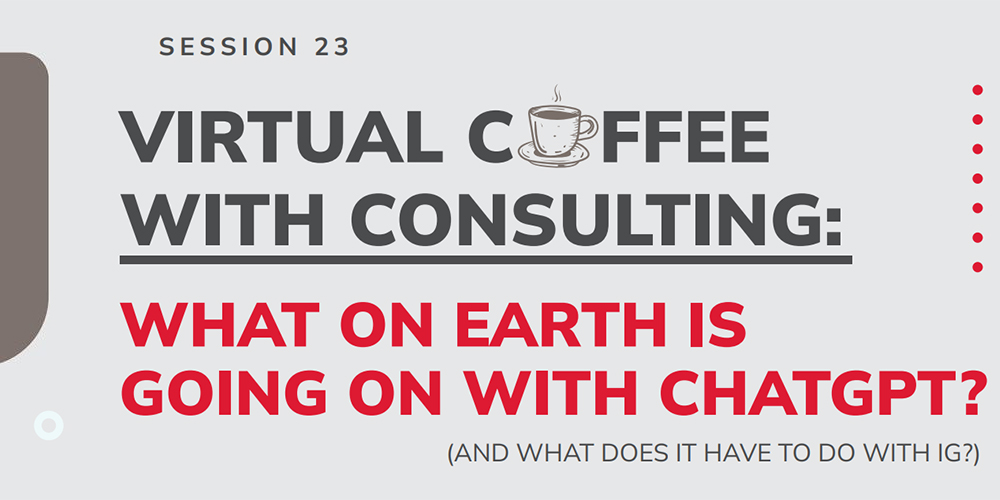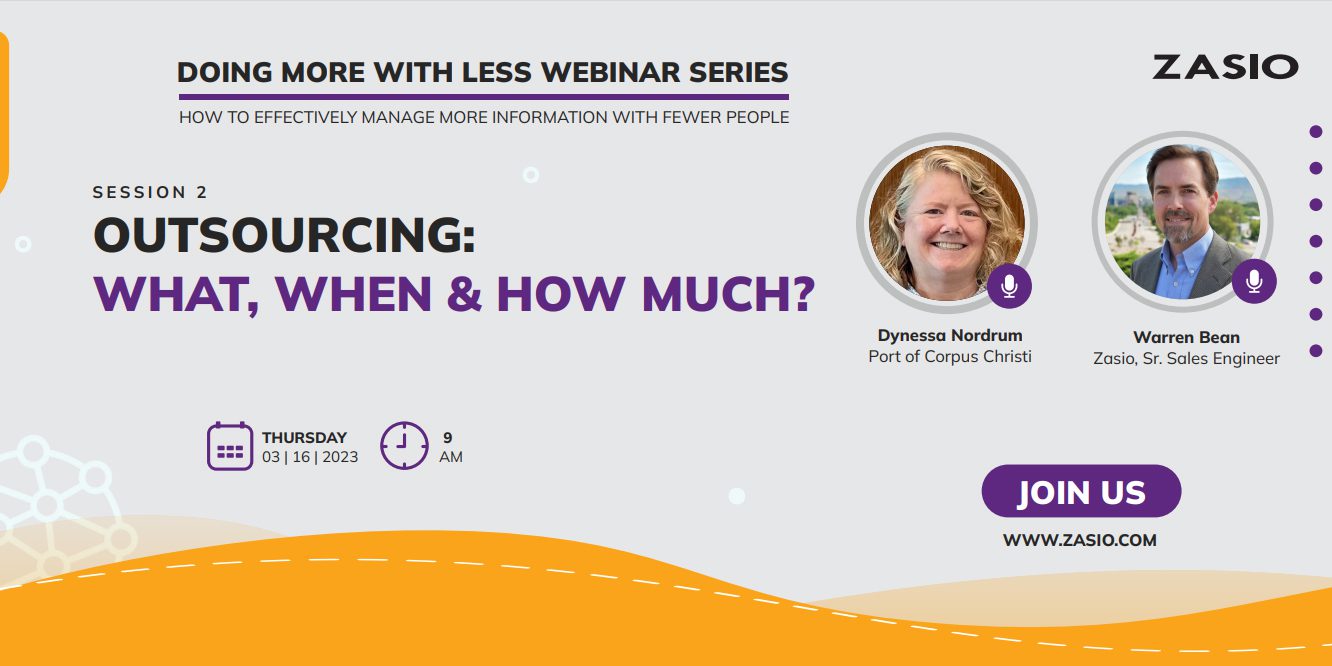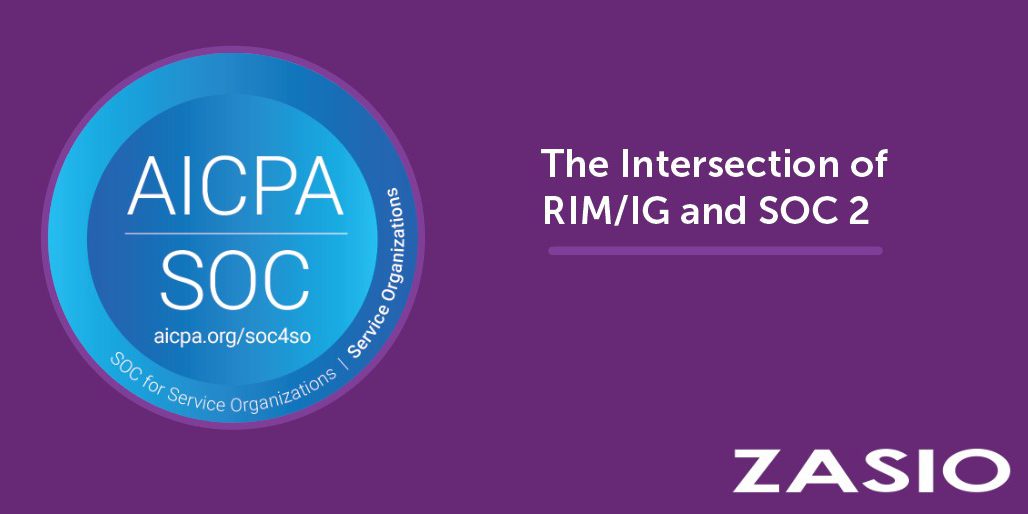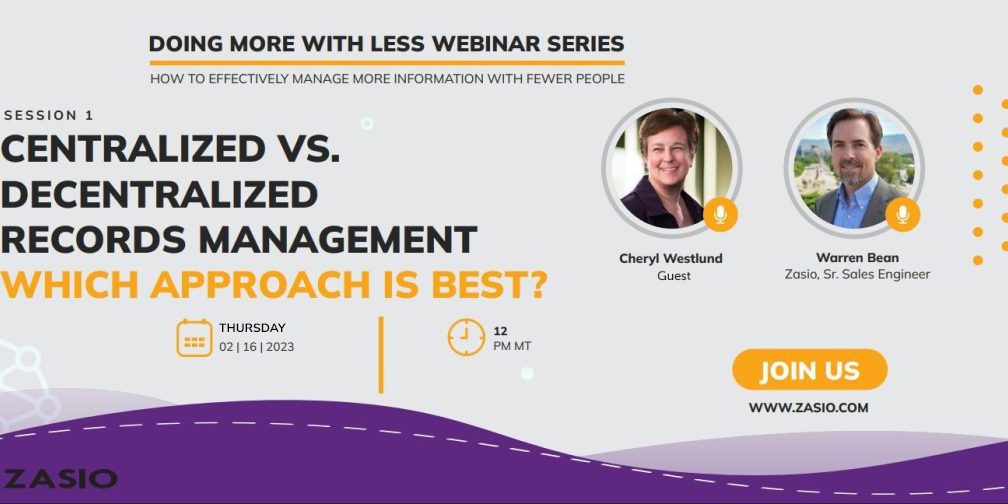News & Events
Stay on top of the changing information governance landscape with expertly written blogs and industry-driven webinars by Zasio experts. Our case studies show how we’ve served every industry from pharmaceutical to utilities.
ZConnect
Stay up-to-date with Zasio
News and events
Product releases and updates
Conference and event announcements
"*" indicates required fields
Quick Links
Corporate Office
401 W. Front St.
Suite 305
Boise, ID 83702
(800) 513-1000
connect@zasio.com

A pioneer in information governance, we continue to expand our technology and consulting services to help businesses of all sizes maintain the highest records management and retention standards.










